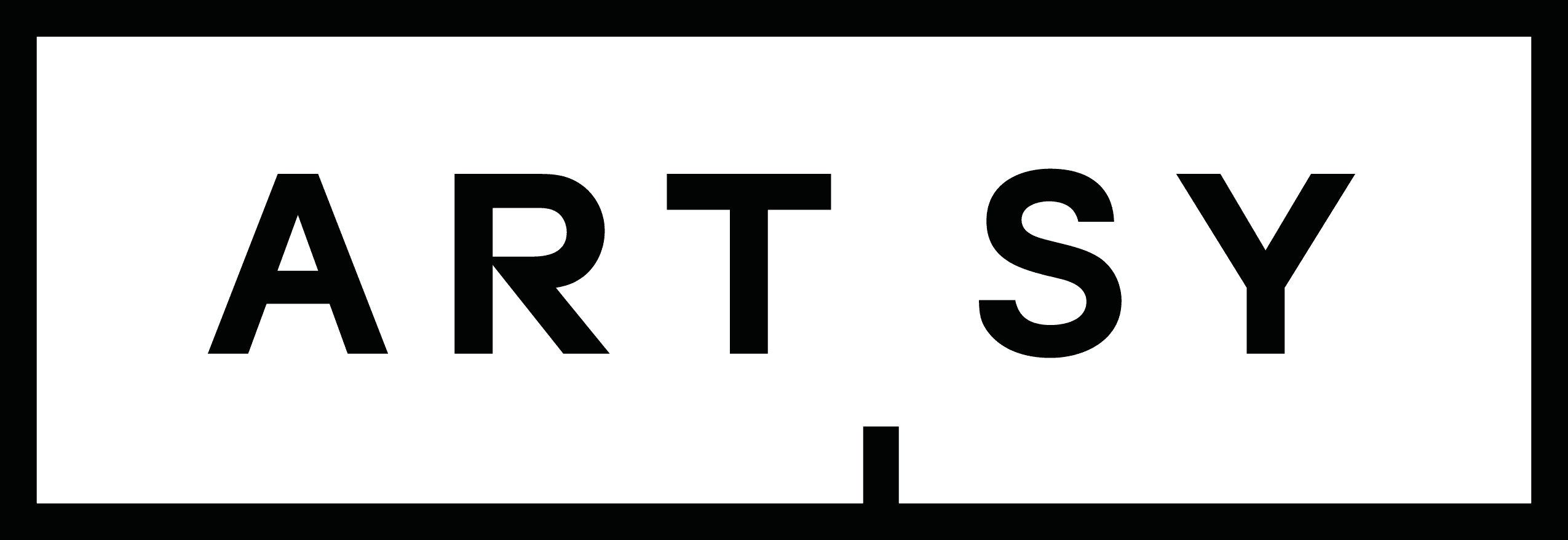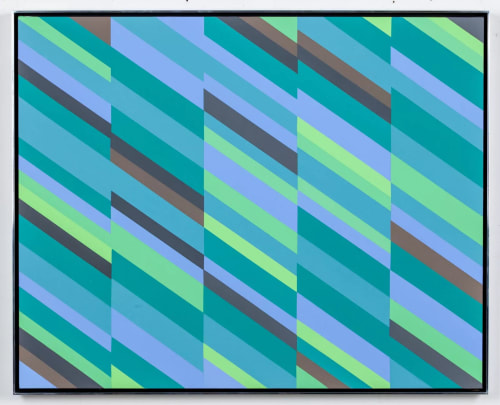
With the pandemic-induced upheaval of 2020 and 2021, the art world had big hopes that 2022 was a time for the market to return to form. In some ways, that was what we got.
After postponements during the pandemic, several large collections made it to the auction block: In particular, the Paul G. Allen collection sale in November smashed all records, with five of its top-tier works selling for over $100 million each. Among other jaw-dropping sales records this year, it was a signal that buyers at the top end of the market, at least, are still enthusiastic, even as inflation rises and the world braces for a recession.
This month, I’ve rounded up some of the trends that have shaped the art market in 2022. Across most of these categories, there are some constants: Works by women artists and African artists, for example, are selling at higher price points, signaling the continuation of trends that have been growing for the last several years.
Abstraction ascends
Was it a pandemic-induced need to see people, things, and environments again? Or were portraits just on trend? Either way, in 2021, figuration was everywhere. Faces, objects, and recognizable scenes peeked out of art fair booths, galleries’ online viewing rooms, and auction catalogues. This year, however, the tide seems to be shifting.
It’s not only younger artists. This year also saw critically acclaimed exhibitions for Bernice Bing, an underrecognized Abstract Expressionist artist; and James Little, who is becoming increasingly known for his geometric, monochromatic forms. It seems, even in uncertain times, some trend cycles will always roll back and forth.

